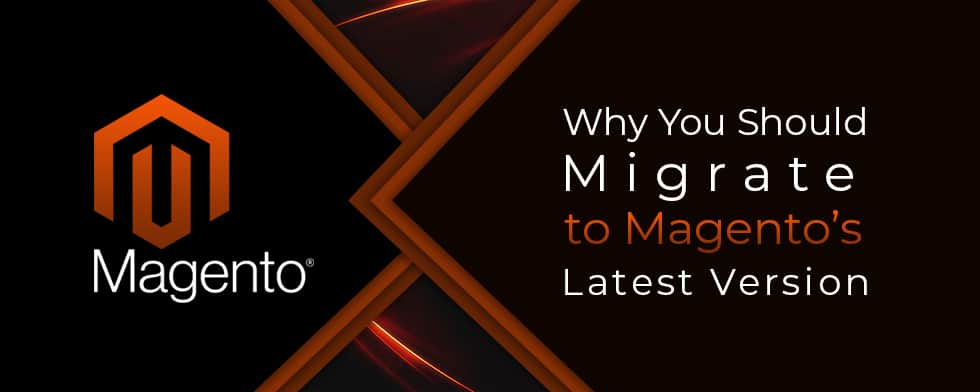
It has been 8 years since Magento was first announced to the e-commerce industry back in 2010 but its beta version was only made available to the merchants in 2015 with a couple of more recent editions till date. And the reaction of Magento community? Well, it kind of mixed where though most people are excited about these latest releases, there are many still contemplating whether migrating or upgrading to Magento’s latest version is worth all the hype. In this article, we will help them make the right decision.
Initially, Magento was built as a flexible platform allowing its users to create multiple storefronts with the help of pre-made extensions or through coding chops. However, this defining feature of Magento 1 not only came with its own set of drawbacks that severely affected its user-friendliness but certain important tools were also missing right out of the box, tools such as mobile responsiveness, performance optimization, admin capabilities etc.
Due to this, a great many complaints were registered for the sluggishness of Magento 1 version. Though changes were made, they weren’t enough to have any lasting effect on the underlying issue of core speed. As a result, the programming experts in Magento team worked hard for over 5 years to design this upgraded platform known as Magento 2.
Let’s begin with the fact that there’s no turning back for Magento. Sooner or later, the Magento community will learn to work with Magento 2 series up until the time Magento 3 is introduced into the market.
Also, not upgrading to Magento 2 also means that after a certain time, you will stop receiving any security or functionality updates for your themes, plugins and the overall platform itself.
So, instead of thinking about some vague benefits you might or might not get in the future, let’s talk about some of the certain changes we can expect the moment we migrate to Magento’s latest version.
There are a number of factors that affect the amount of time it takes for the migration to complete such as the complexity of store, data migration requirements, number of customizations, extensions required etc. but typically, for an average size store with minimal 3rd party integrations, it normally takes from 3 to 6 months.
Due to the varying nature of Magento projects, predicting the exact cost of migration is pretty hard. Your choice of Community or Enterprise edition will also have a considerable impact on pricing. You will get exact estimates only after the evaluation of your current Magento implementation by a reputable web design company.
I wish I could have sugarcoated this but the answer is yes, it will be inconvenient during the migration period and may require extra investments. Because of the vast difference in the internal structure of Magento 1 and 2, this upgrade will require a complete database migration. Unfortunately, even then you cannot transfer 3rd party extensions and code customizations. Also, your SEO may suffer too unless you take care of 301 redirects first.
It isn’t the question of, whether you should migrate or not but when you should do it because sooner or later, your only choices will come down to, either upgrade to the progressive Magento 2 and be a part of this ever-growing community or pack up and go home. So, choose wisely.